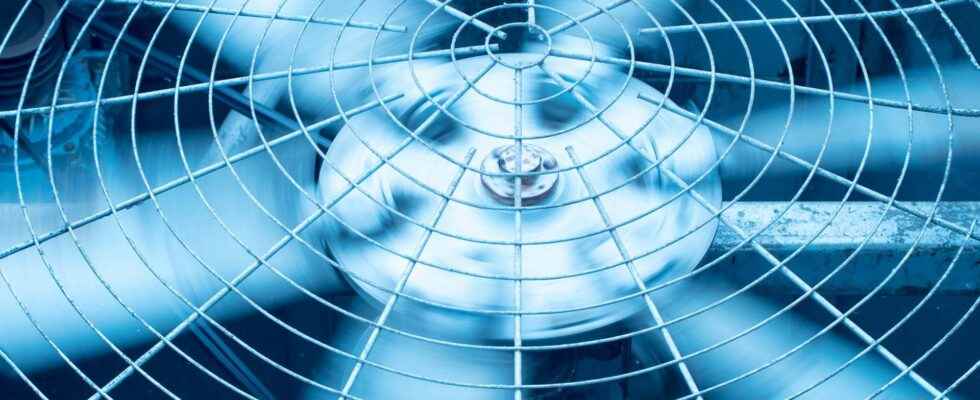Ventilation and thermal insulation go hand in hand. If it is well insulated, a building is therefore airtight, but it must then be ventilated. Whether for the home or a local, professional or commercial, ventilation is essential to renew indoor air with a contribution ofair new from the outside and to extract stale air by bad smells, humidity, cleaning products, combustion from heatersthe volatile organic compounds (VOC) and the germs.
In a house, it contributes to the comfort of the occupants and to hygiene, in particular by evacuating the condensation and preventing mold growth. A bad ventilationabove 2,000 ppmn of CO2can cause headaches, drowsiness and general fatigue. The health recommendation is 1,000 ppm of CO2.
The different types of ventilation
For this, there are two types of ventilation : natural ventilation, which is ensured by small openings, at the bottom and at the top, in the walls which consists of circulating fresh air and expelling stale air; materialized by small gridsthey are located in the kitchen, the bathroom… It is a natural sweep which results from the difference in temperature between the interior and the exterior of a building, which thus creates a movement of air. This type of ventilation is the one most frequently encountered in the building stock French, which was mainly built before 1970.
The second way is the mechanical ventilation controlled or VMC by systems with single flow or dual-flow ventilation connected to a ventilation motor generally placed in the attic, or, on the same principle, the auxiliary mechanical extractor. These systems must comply with the principle of ventilation by separate room (in housing before 1968) or the principle of general and permanent ventilation by sweeping (regulatory requirement in housing since 1969).
A third solution is mechanical ventilation by insufflation whose operation is the opposite of that of the VMC since it involves injecting outside air which is generally heated in winter by a electrical resistance or by a solar heating, or coupled with a Canadian well whose principle works with a network of buried pipes. With this air conditioner natural, which cools in summer and warms in winterthe air circulates passively, the air intakes are located outside, which is why a geothermal installation requires a fairly large garden.
This system is not suitable for large surfaces, on the other hand, it is effective in the fight against radon.
You will also be interested
[EN VIDÉO] Interview 1/5: air pollution is everywhere We are constantly confronted with an invisible and insidious threat: air pollution. Philippe Hubert, Director of Chronic Risks at Ineris (National Institute for the Industrial Environment and Risks), explains the causes and describes the standards for air pollution.
Interested in what you just read?
